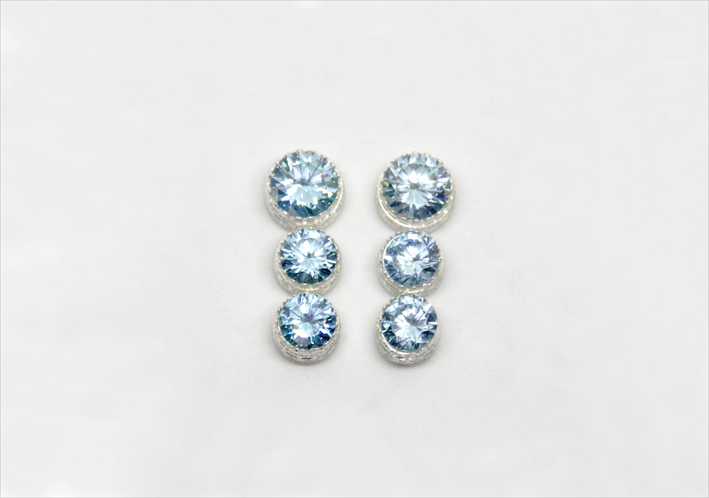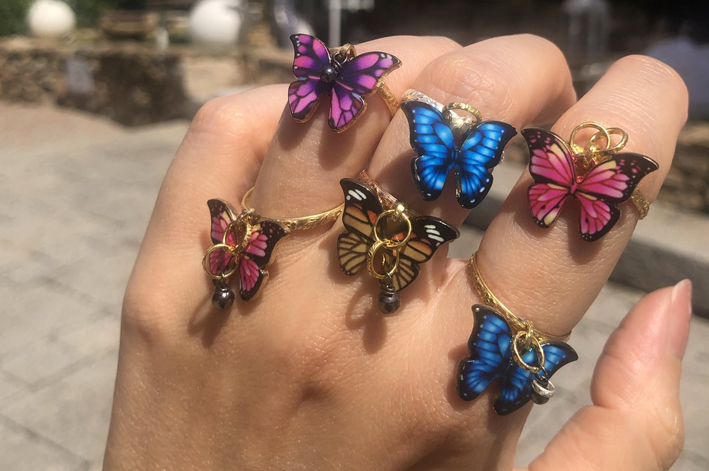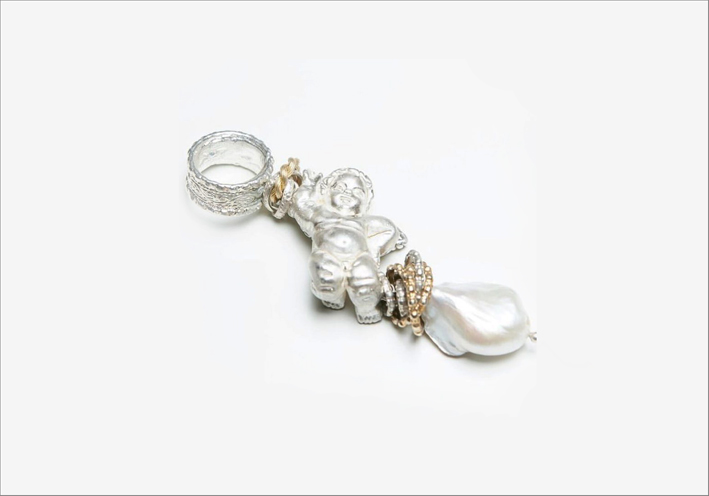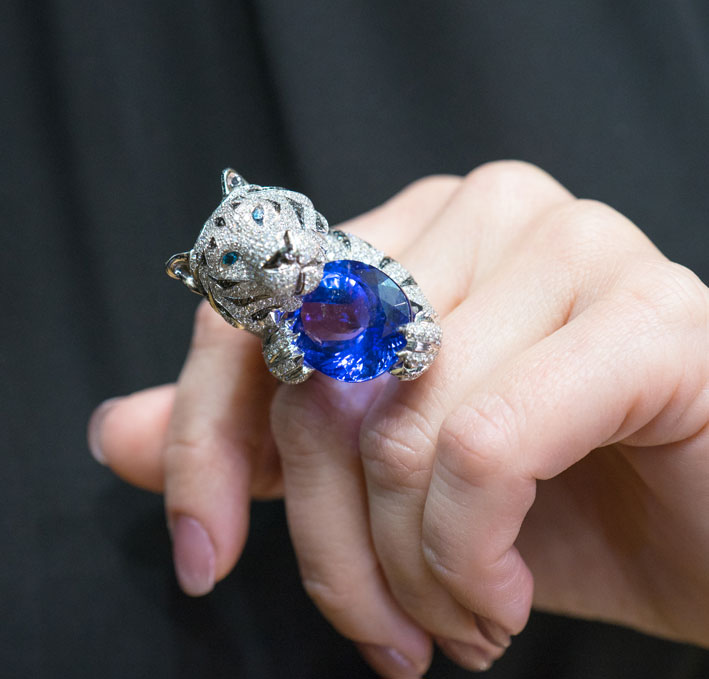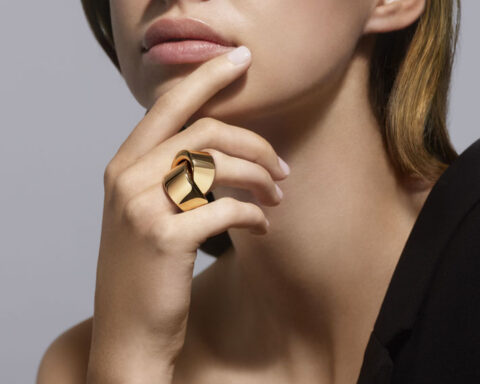Jewels that are inspired by the Renaissance, with natural stones: it is the style of Giuseppina Fermi.
What can be your fate if your father leaves for China and imports ancient art and jewelry? And what if he then becomes a gemologist and jeweler? The answer, for Giuseppina Fermi, who passed away in 2017, was almost obvious: the world of jewelery is her world. Today carried on by her daughter, Ambra Fermi Pylinski. Pietro, his father, was also one of the pioneers in using fancy diamonds, while his wife founded one of the first jewelery shops. With these premises Giuseppina merged the teachings of her father and mother to create her line which she defines as going against the grain. In the sense that she does not embrace the minimal, geometric and essential philosophy which is the most used by young designers, but remains anchored to a sort of Renaissance-Baroque festival composed of putti, little angels, curls, gilding, symbols.
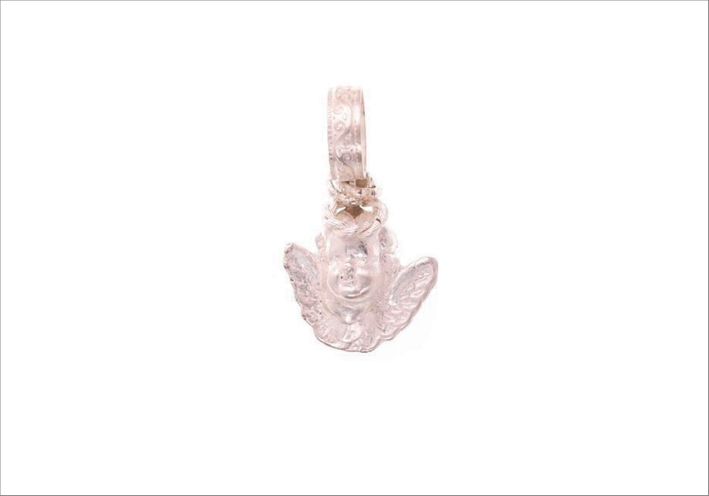
All together with natural stones, pearls, silver and gold. Although her activity is decentralized compared to those of other Maison: working, in fact, between Piacenza, her city, and Porto Rotondo, a sea town in Sardinia in summer is crowded with tourists famous, rich or both things together. Prices: The range is quite varied. It starts from a hundred euro for a pendant, up to more than 4,000 for a silver ring in rhodium-plated white gold, fluorite, gold, diamonds.
